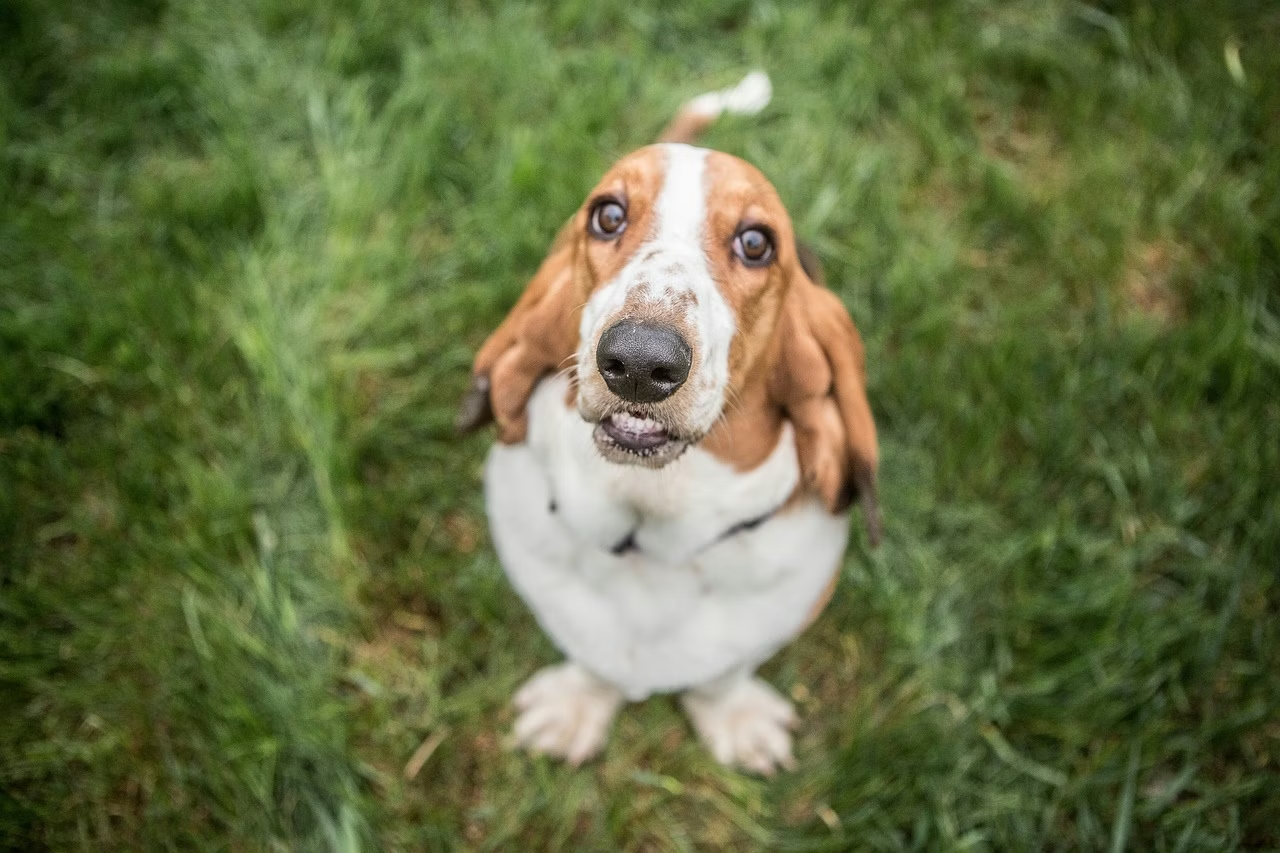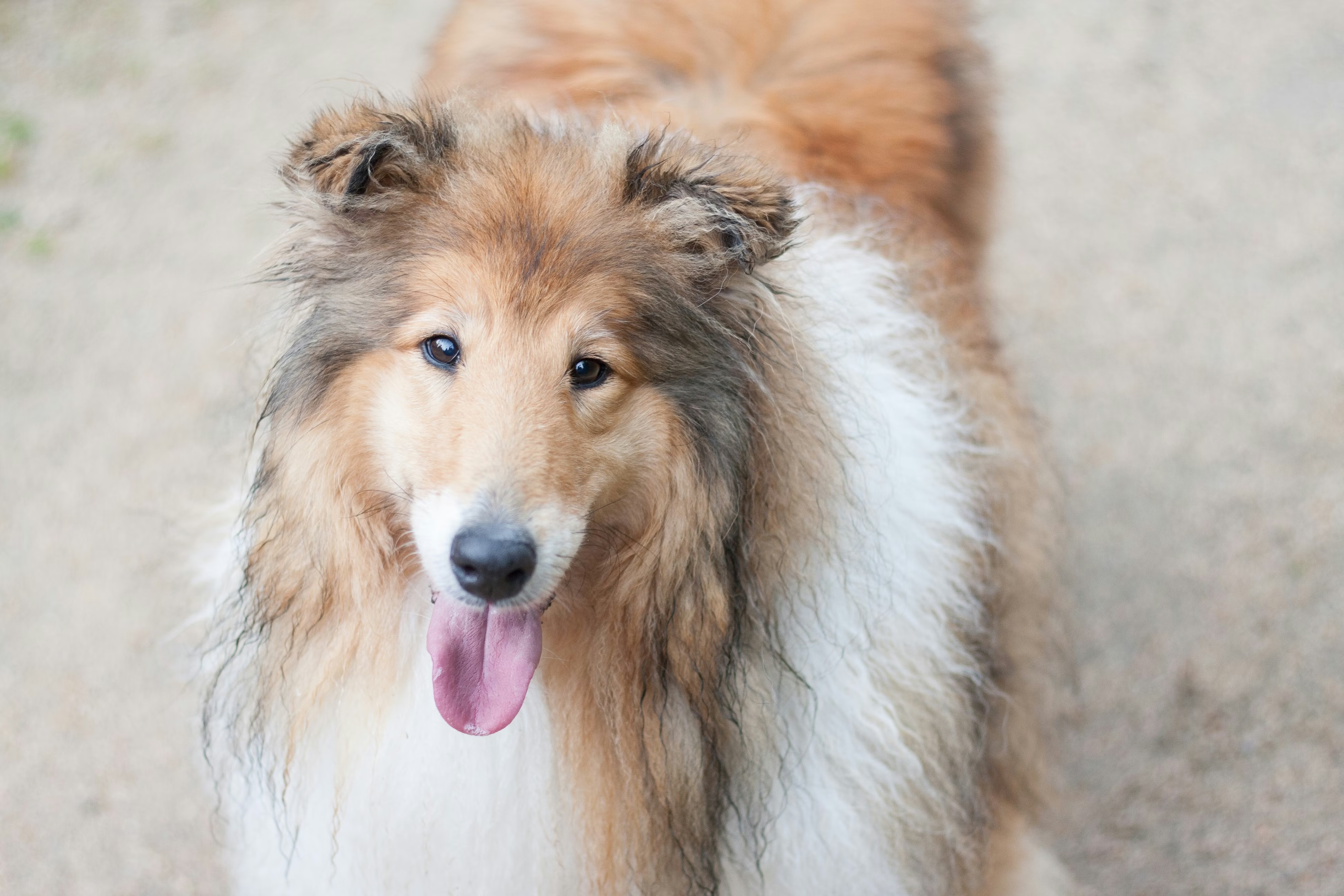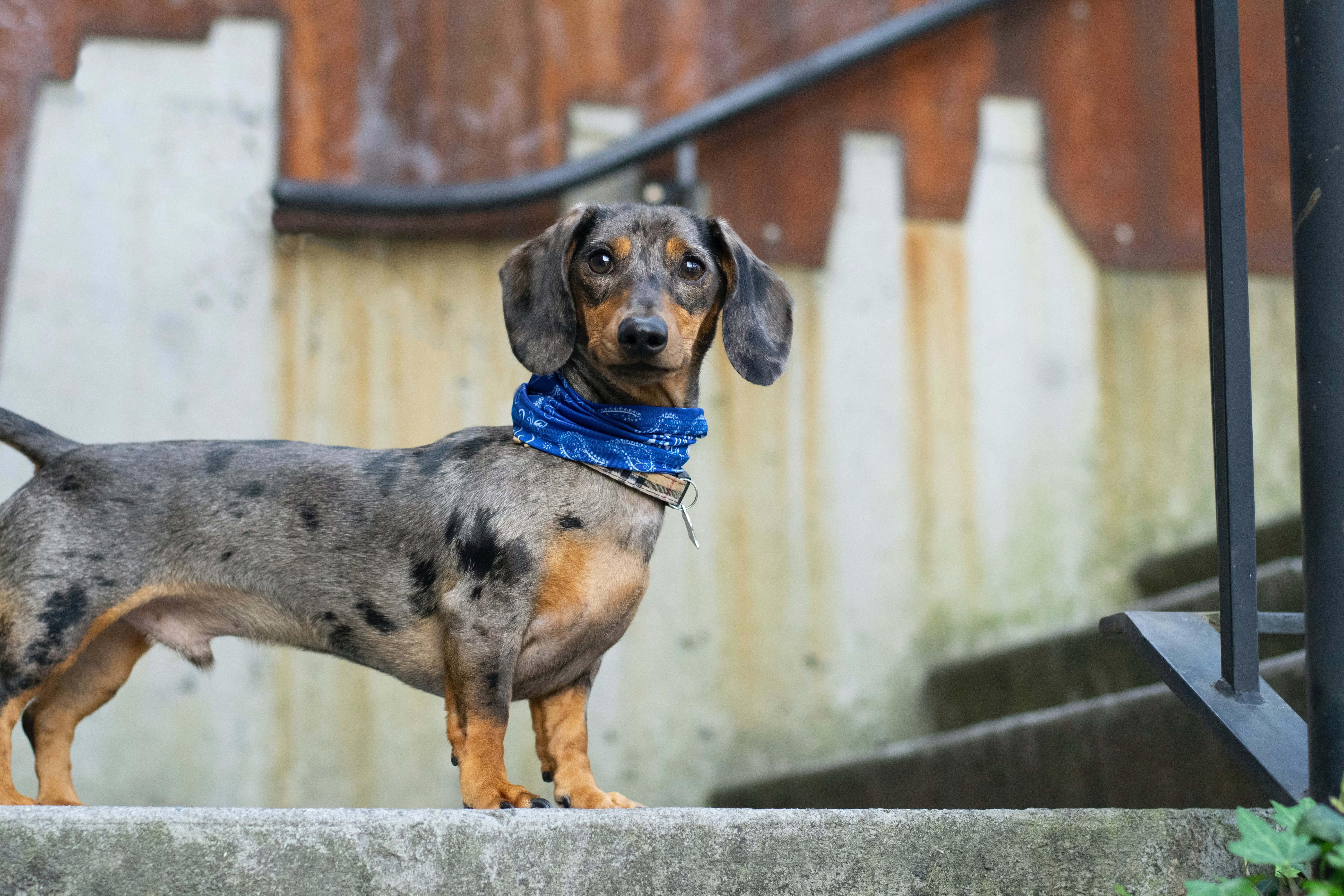Pet parents and breeders have long wished for an easy way to test for Lafora Disease. Unfortunately, the disease is widely recognized as one of the most technically challenging canine DNA tests to perform. That’s why we’re excited to announce that a linkage test for Lafora Disease is now included in our MyDogDNA and Optimal Selection Canine DNA products.
Thanks to a partnership with the University of Cambridge, who provided DNA samples from 13 known Lafora cases for testing validation purposes, Wisdom’s scientists developed the linkage test for Lafora Disease. Best of all, unlike other Lafora tests, the Wisdom test only requires a non-invasive cheek swab sample. And, since it’s part of our panel of health and traits tests, it’s a great value method for genetic screening.
What is Lafora Disease?
Lafora Disease is a rare, progressive form of epilepsy. It has a late onset, with episodes usually beginning in dogs over 5 to 7 years of age. The episodes may occur spontaneously or secondary to a trigger (such as noise, light, or sudden movement within the field of vision). Its appearance can range from involuntary movements, such as spasms of the limb and neck muscles, to generalized seizures. Episodes are also reportedly more likely to occur when the dog is excited or nervous, and less likely when the dog is focused on an activity. Lafora Disease tends to advance over many years and can lead to other neurological deficits, such as uncoordinated walking (ataxia), vision loss, cognitive dysfunction, and urinary and fecal incontinence.
Treatment of Lafora Disease is dependent upon the severity of clinical signs. For dogs with known triggers, environmental modifications may help improve quality of life. For example, a dog can learn to wear goggles if their episodes are triggered by walking in sunlight. Dogs with frequent or moderate-to-severe signs may benefit from anti-seizure medications. However, not all dogs respond to traditional anti-seizure medications so consultation by a veterinary neurologist is recommended.
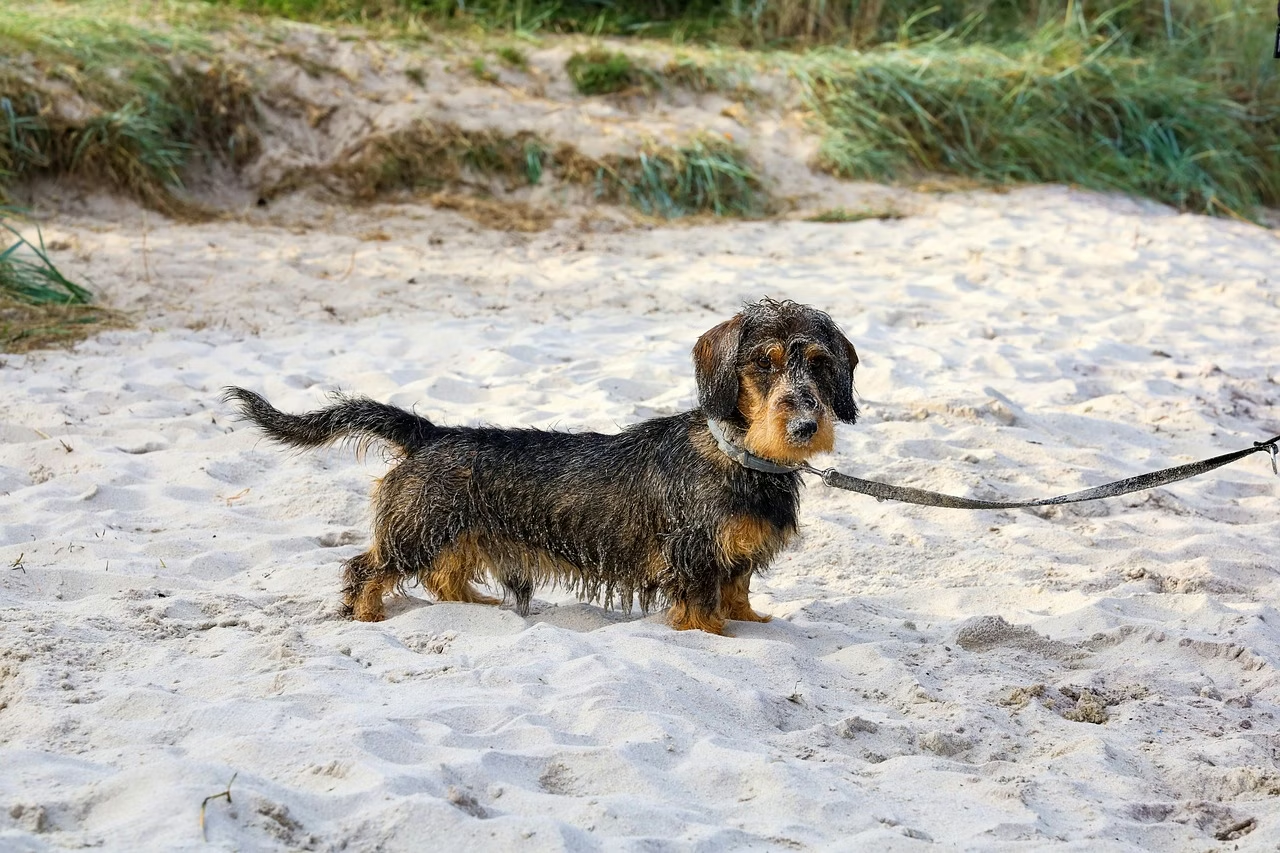
What is a linkage test?
The Wisdom test for Lafora Disease is what’s known as a linkage test. A linkage test works by detecting a variant (or genetic marker) very close to the causal Lafora Disease variant that is highly predictive of the genetic status of the dog.
In developing our test, all 13 Miniature Wire Haired Dachshund validation cases from the University of Cambridge gave a consistent result between the linked marker and the known causal variant. We also tested a known Basset Hound Lafora case, which also was consistent. To further our development, we tested a vast number of dogs across all breeds and mixed breeds, identifying 10,651 clear (zero copies of the variant) dogs, 33 carriers (one copy of the variant) and 15 cases (two copies of the variant) which were confirmed through the gold standard method of directly testing for the causal variant.
Limitations of linkage testing
While linkage tests are highly predictive, they are not guaranteed to be 100% accurate of genetic status. Therefore, we recommend that the Wisdom test be used as an initial screen for dogs that could have the Lafora variant. If dogs are identified as notable (one copy of the variant) or at risk (two copies of the variant) by the linkage test, we recommend that you obtain confirmation of genetic status via a direct test for the causal variant through a reputable service provider.
Lafora testing is relevant for Miniature Wire Haired Dachshunds, Basset Hounds, and Beagles because the Lafora variant in these breeds has a shared origin. However, in 2021, additional variants associated with Lafora Disease were identified in the Chihuahua, French Bulldog, and
Brussels Griffon. It is currently unknown if these are new (spontaneous) variants or if they share the same origin as the Miniature Wire Haired Dachshunds, Basset Hounds, and Beagle variant. Because additional research is needed to better understand these variants, at this time the linkage test is not recommended for screening in these additional breeds.
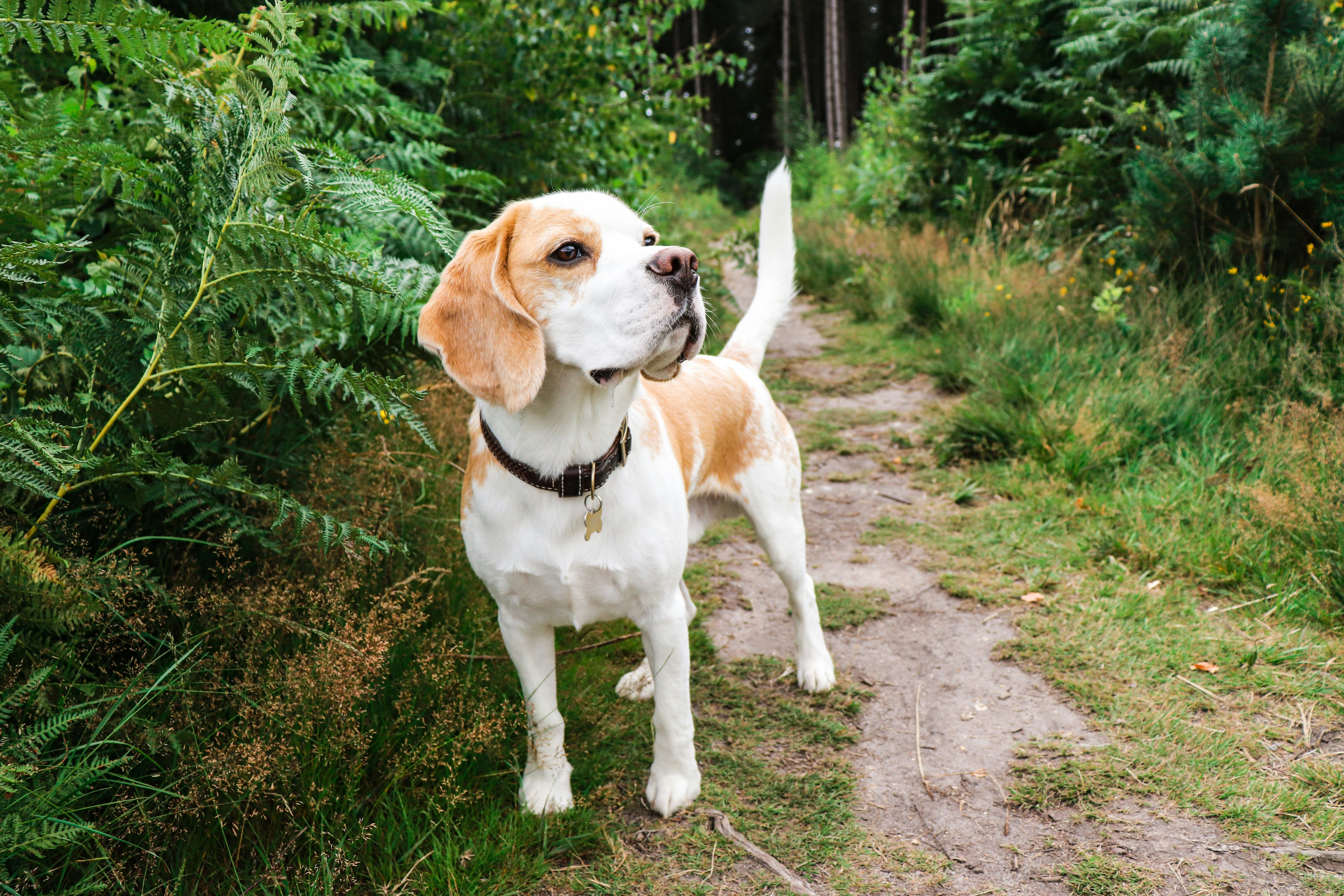
Genetic influences for Lafora Disease
The mode of inheritance for Lafora Disease is described as autosomal recessive with incomplete penetrance. That means inheriting two copies of the Lafora variant increases the risk of developing the disorder. However, even with two copies of the variant, a dog might not necessarily go on to develop Lafora Disease. Thus, the Lafora variant is considered a risk factor in dogs with the appropriate breed background. The clinical significance of the variant in dogs of other ancestry is not yet clear.
Variant frequencies
Wisdom Panel has been monitoring the frequency of the Lafora Disease linked variant in relevant breeds. The variant frequency appears to be relatively high in Basset Hounds, with 72 (21.5%) notable and 9 (2.7%) at risk dogs identified out of a set of 335 dogs. In Beagles, we observed 13 (0.8%) carriers out of the 1613 dogs tested. An accurate prediction of variant frequency in Miniature Wire Haired Dachshunds still warrants additional testing.
What to do if your dog is at risk
Due to the limitations of linkage testing, a secondary confirmation test is recommended to best understand the genetic status of your dog. With this information, you can partner with your veterinarian to make a plan regarding your dog’s well-being, including any insights provided through genetic testing. If your pet is at risk or is showing signs of this disorder, the first step is to speak with your veterinarian.
